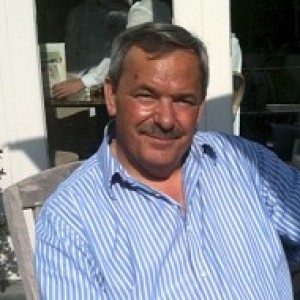DARLINGTON MARKET HALL & CLOCK TOWER
LOOKS BETTER LARGE
We stopped over in Darlington last night, it's been a long time since I visited the place and I'm afraid to say that time hasn't added to its charms, The Market Hall & the surroundings do look very nice now after the Council invested heavily in it to celebrate the buildings 150th year but walking down some of the other streets it becomes apparent that the recession has hit hard.
Back in the mid sixties we lived a few miles away in Richmond & we would visit Darlington on a Saturday for Mum to do the weekly shop, I remember how bustling the streets were then & perhaps on a week day they still are, my Bother would then go and watch the local team play, I was never into football much & had worked out I'd be brought sweets & treats if I stayed at Mothers side & help with the fetching & carrying, don't suppose I've ever changed hence the portly stance ow I'm in my fifties!
The history bit:-
The Clock Tower
The clock was a gift to Darlington from Joseph Pease. The clock face was produced by Cooke’s of York and the tower bells were cast by Warner & Sons of nearby Norton-on- Tees, who also cast the original 1856 London Big Ben hour bell, which later cracked and had to be replaced. Luckily Darlington’s bells are still going strong!
The Grade II Listed Victorian Market Hall.
Darlington’s market tradition comes from the early 17th Century. It is still important today and in 2008 Darlington won the UK ‘Market of the Year’ award.
Before 1800 there were 12 ‘shambles’ (narrow cobbled streets) south of the market tollbooth. They had fish stalls and a butter market, adding cattle, sheep, horses, hogs, pigs and even cats in the 18th Century. Seasonal shows and merchants selling linen, cloth, leather and metal items also boosted market trade.
By the 19th Century the market facilities had
become inadequate and there were growing
public health concerns. In 1854 Darlington Council
purchased the market rights for £7,854.19s.4d
and built this Victorian Market Hall for
£16,356.8s.9d. It was designed by the relatively unknown Quaker architect, Alfred Waterhouse. Waterhouse went on to fame, designing Manchester Town Hall and the Natural History Museum in London.

Comments
Sign in or get an account to comment.


